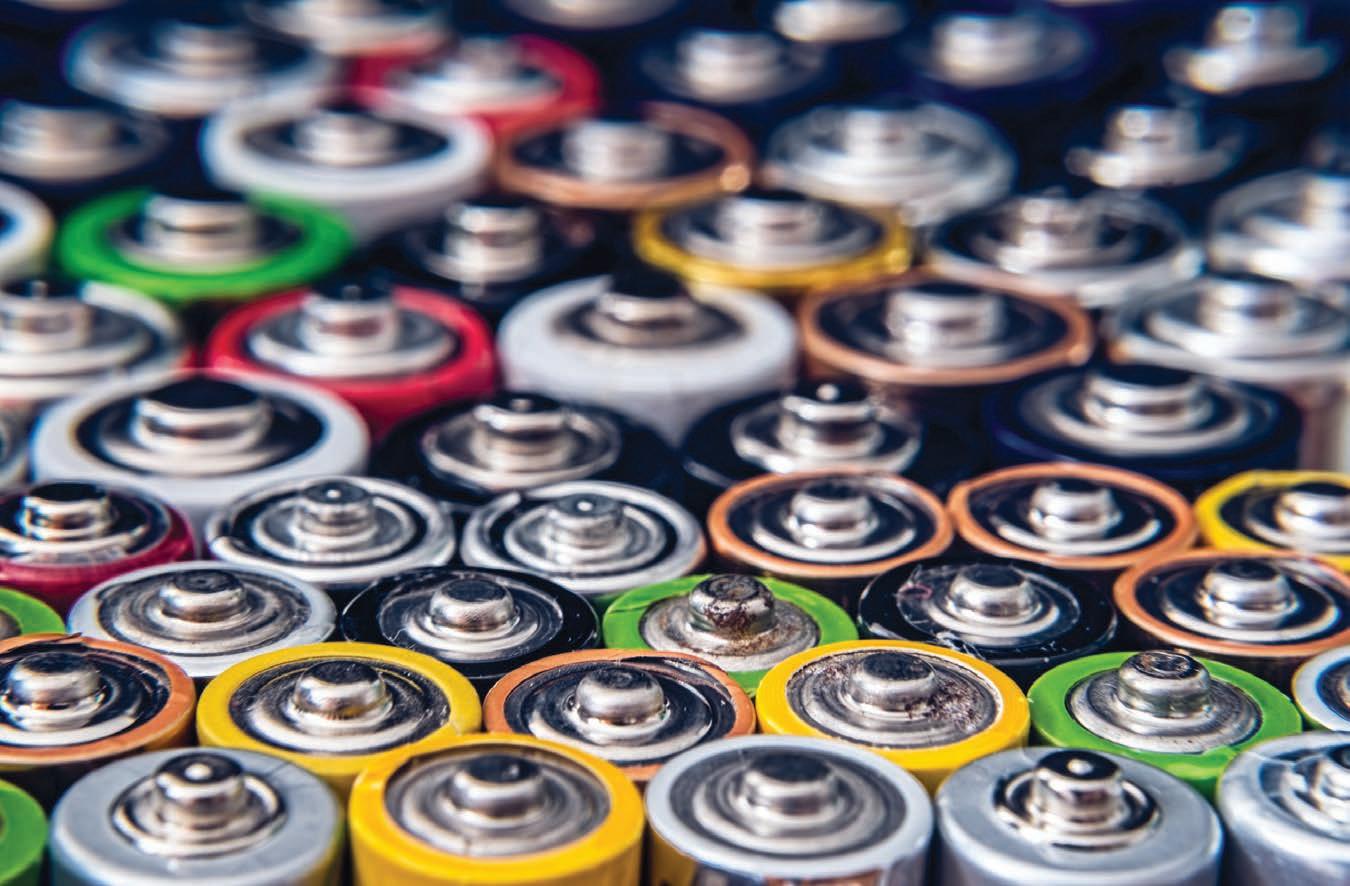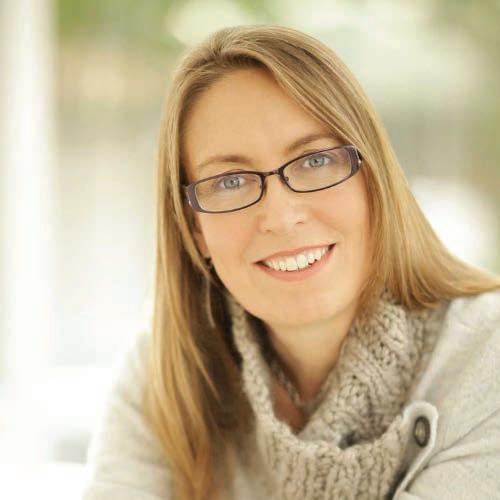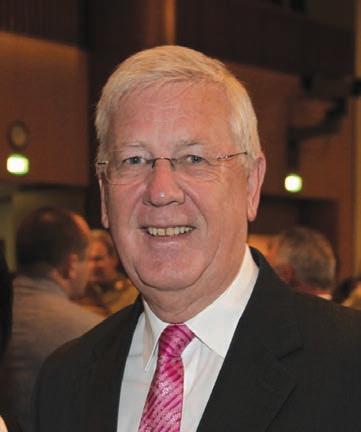
4 minute read
B-CYCLE LAUNCHED
Leading the charge
Every year Australians buy enough batteries to circle the world twice.
AUSTRALIA’S B-CYCLE BATTERY RECYCLING SCHEME AIMS TO COMBAT ONE OF THE NATION’S FASTEST-GROWING WASTE STREAMS. THE LAUNCH OF THE GOVERNMENT-BACKED SCHEME SHINES A LIGHT ON WHY IT’S SO IMPORTANT.
Hundreds of millions of batteries help to power our lives every year, until they run flat, and we throw them away.
Gerry Morvell, Chair of the Battery Stewardship Council, says batteries are such an integral part of our modern world. They underpin the technologies used in the digital economy, electronic convenience devices, sustainable transport systems and energy storage, which is essential in Australia’s shift to net zero emissions.
However, no matter what size or chemistry, all batteries have a fixed life. He says all of us have had to decide what to do with a dead battery – throw it in a drawer or in a jar in the garage, in a waste bin or dispose of it in a recycling system.
“Ultimately, most have ended up in landfill,” he says. “Given the phenomenal growth projections of battery use, if we don’t move to a circular economy now, then the impacts on human health and
Fast Fact
The power tool industry has changed dramatically and technology continues to advance rapidly. Now about 95 per cent of the tool industry is cordless because of the innovation that’s come with technological advancements within batteries.
environment will be hugely damaging and costly for future generations.”
While most batteries have always been recyclable, until now there wasn’t the infrastructure in place to collect and recycle single-use or rechargeable batteries.
B-cycle is a levy and rebate model, designed to provide an accessible collection system to leverage a diverse range of industry, community and government initiatives and to build confidence for investment to expand a domestic battery recycling industry.
The scheme has been four years in the making and involved collaboration with representatives and experts across the entire value chain to understand best practice and what a battery recycling scheme would mean on the ground.
The scheme was launched in February 2022 with 2300 drop-off locations across the country and a further 1200 regional locations expected to be added within weeks.
Libby Chaplin, Chief Executive Officer of the Battery Stewardship Council says B-cycle has evolved because many believe that solving the battery waste problem is a priority.
“In Australia, we currently only recycle 10 per cent of consumable batteries compared with 50, 60 and 70 per cent in other countries. We definitely have room to improve,” she says. “When they stop working for us, when they are seemingly dead,

Michael Brendle, Group Managing Director TTI Australia and New Zealand, (Milwaukee)
B-cycle launched with 2300 dropoff locations around Australia.

the materials they contain are needed for future energy and we can’t afford to just throw them away.”
Michael Brendle, Group Managing Director TTI Australia and New Zealand, (Milwaukee), says B-cycle will be able to “change the game” for battery recycling by involving all industry.
“Today there are products that can run off a battery, that five years ago you never would have thought possible. What that does is change the game as far as the volume of cordless products on the market. With that, it’s critical that we do come up with a scheme to collect them because these batteries don’t last forever.
Katharine Hole, Chief Executive Officer of the Australian Battery Recycling Initiative (ABRI), says B-cycle will provide a launch pad for a step change in Australia’s battery recycling capacity.
She says Australia has a great track record of recycling lead acid car batteries (about 95 per cent) but at the other end of the scale, mixed batteries are down about 10 per cent.
“We’ve got a long way to go,” she says. “For all battery chemistries, we have collection, sorting or recycling capability, or some combination, in each state and territory across Australia. It’s time to build on that capacity to grow recycling rates.
Professor Veena Sahajwalla, Director University of New South Wales SMaRt Centre, says Australia has an opportunity to be a world leader in producing sustainable materials that are being produced ethically and in an environmentally responsible manner.
“We know the different chemistries and materials in batteries are all valuable,” she says.
“We need to ask that deeper question of ‘what are we trying to do when we are recycling thosematerials?’

Libby Chaplin, Chief Executive Officer Battery Stewardship Council.

Gerry Morvell, Chair of the Battery Stewardship Council.










